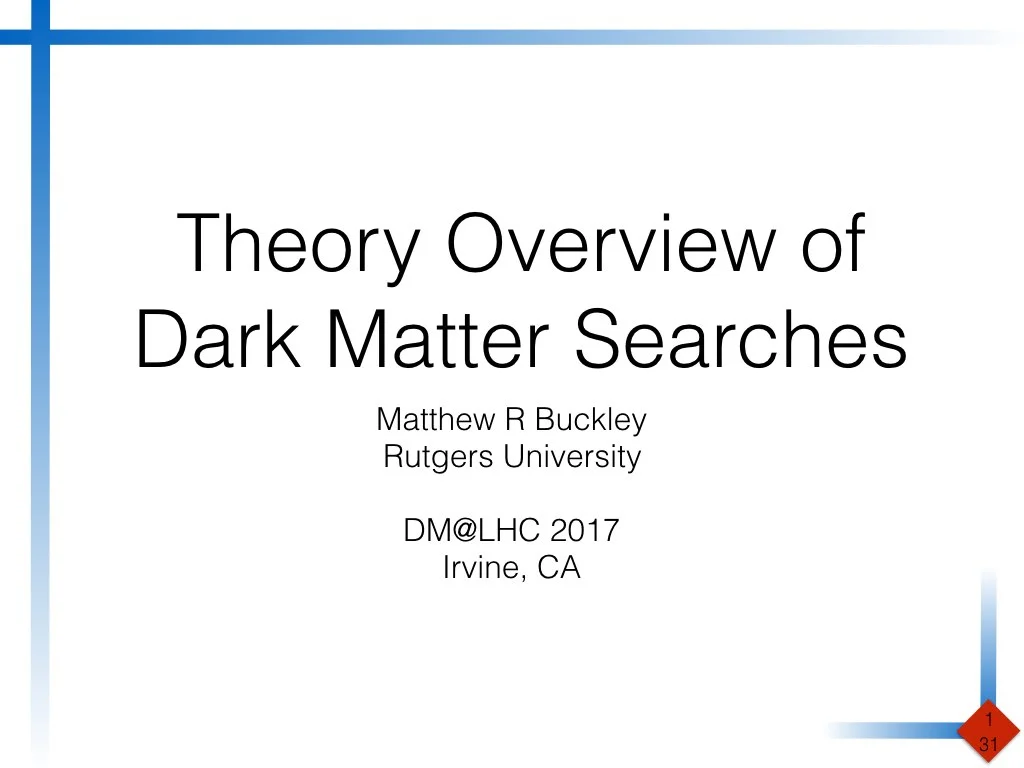Paper Explainer: Collapsed Dark Matter Structures
/This is a description of a paper I’ve written with my postdoc, Anthony DiFranzo. In our paper, we consider the possibility that dark matter could form gravitationally collapsed objects, evolving from an initial state of nearly uniform distribution across the Universe into one where it forms compact objects, analogous to have the regular matter that you and I are made of eventually formed stars and galaxies. Usually, we think this is not possible for dark matter, due to evidence that, on the largest scales, dark matter forms gravitationally bound structures that are much "fluffier" than the collapsed stars and galaxies.
However, as we show in the paper, there is a way for dark matter to evolve into compact objects on small scales (say, a thousandth the size of the Milky Way), while still satisfying the constraints we've observed at larger scales. In demonstrating that it is possible for dark matter to do this, I think our paper makes an important point about some open questions in the field of dark matter research.
To explain why I started thinking about this particular project, I want to motivate it with a somewhat whimsical question.
Can there be planets and stars made of dark matter?
Read More




















